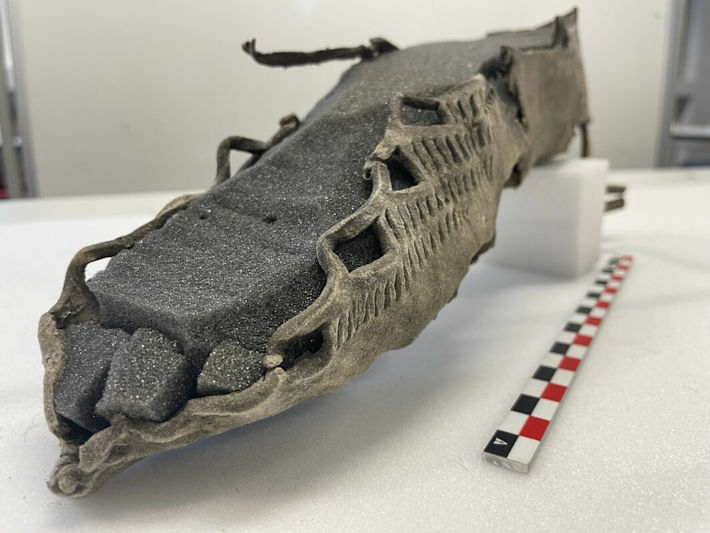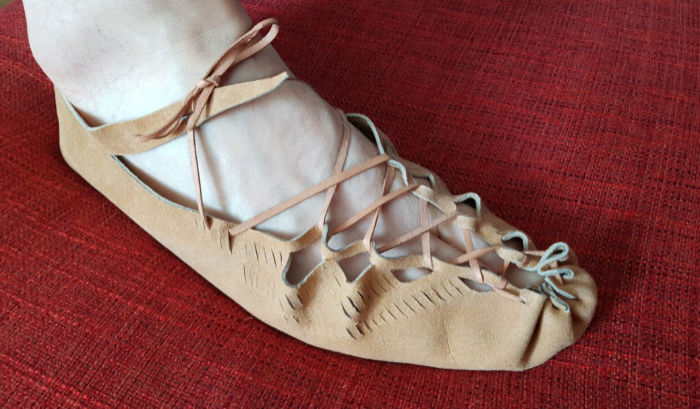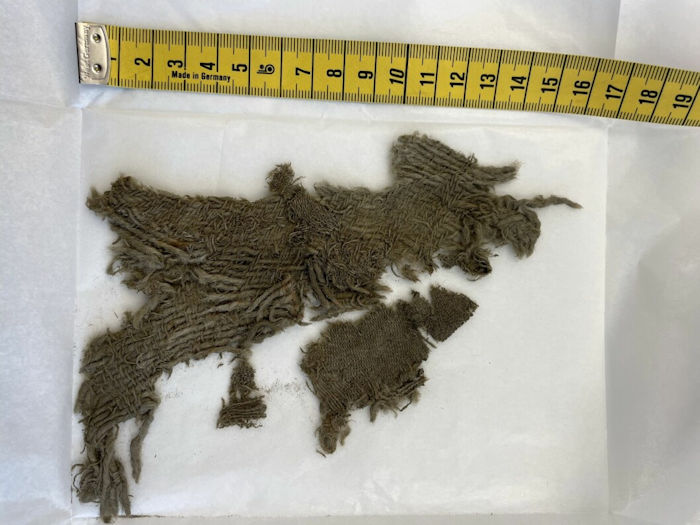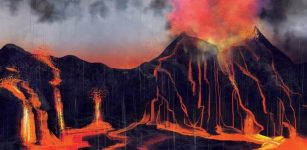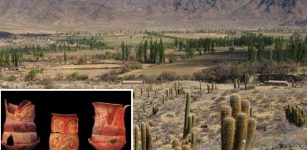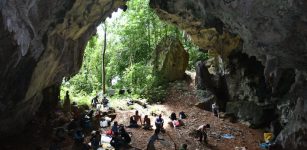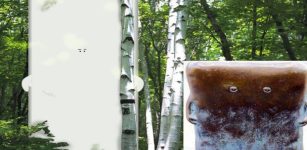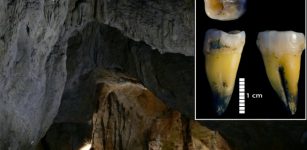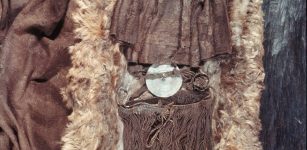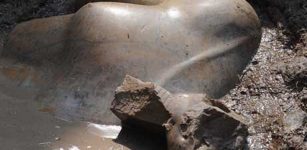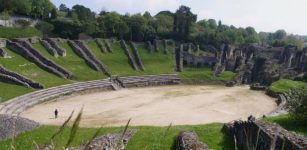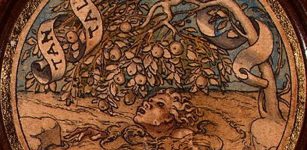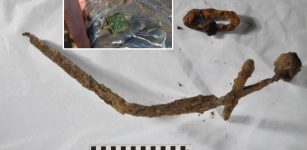Startling Roman-Looking Sandal Discovered Buried Deep Beneath The Snow In Norwegian Mountains
Jan Bartek - AncientPages.com - Team Secrets of the Ice has been searching for clues about the past in the Norwegian mountains for 15 years, and during this time the scientists have made many unusual discoveries.
Among the most significant finds are the hundreds of pre-historic cairns, which are stone structures that signaled to the travelers where the route went, a lost Viking settlement, an iron horseshoe as well as ancient textiles.
Together with a number of other items that melted out of the ice during the warm summer of 2019, this shoe helped the glacial archaeologists in the Secrets of the Ice program find an old forgotten mountain pass leading from inland Norway and all the way out to the coast. Credit: Espen Finstad/Secrets of the Ice
One curious find is the startling Roman-looking sandal that scientists found buried deep beneath the snow in an ancient, dangerous Norwegian mountain pass.
The Lendbreen ice patch is located high in the mountains of southern Norway, in a range that runs like a spine through Scandinavia. In the 1800s, the area was dubbed the Jotunheim Mountains, or the home of the Jötnar, the fearful giants in Norse mythology.
Espen Finstad and his team have visited the area on several occasions and their latest finds were recently summarized in a new report.
“We found that shoe – it was a shoe – and lots of other stuff too. Horse dung, textiles, leaf fodder, arrow shafts and other items that we were able to bring down”, Finstad says.
Did Well—Dressed Ancient Romans Visit The Norwegian Mountains?
Would there always have been snow here? Most likely, Finstad says. The amounts would have varied, but summer or winter, this was no place for flimsy shoes.
“I do a lot of hiking in the mountains, and you know, I find myself thinking, why would you wear that shoe up here… it’s just very, open. Full of patterns and holes. But it was there. We found it on the ice”, says Finstad.
“He suggests googling roman shoes for images of similar footwear. The shoe found in the Norwegian mountains is dated to 200-500, so the end of the Roman Empire,” Science in Norway reports.
A reconstruction of the shoe made by conservator Vegard Vike at the Museum of Cultural History in Oslo. Credit: Science in Norway
“It looks almost like a sandal. It’s pretty astonishing, we’re up here at almost 2,000 meters, and we find a shoe with fashion elements, similar to those found on the continent at the time,” Finstad says.
It’s not the first shoe they’ve found.
At Lendbreen, shoes that cover the entire foot have been recovered. The common thing to wear when crossing a mountain pass where you were quite certain to encounter snow would be something made out of a large piece of animal skin that covered the entire foot.
Remains of textiles found at the Horse Ice Patch. Perhaps something like this was worn inside the shoe? Credit: Espen Finstad/Secrets of the Ice
“It’s easy to joke about a roman tourist who didn’t quite understand much about the country he was visiting”, Finstad says.
“But in any case, I believe the people who walked these routes most likely knew what they were doing. They would have worn something inside this shoe that made it work. Perhaps scraps of fabric or animal skin”.
Team Secrets of the Ice has discovered many cairns clearly marking what must have been a route. Credit: Espen Finstad/Secrets of the Ice
As the ice melts, scientists hope to uncover many more ancient items that may offer clues who visited the Lendbreen ice patch in ancient times.
See also: More Archaeology News
The shoe, the horse dung, the textiles – they’re more than items melted out of the ice.
“They connect the landscape in the inlands of Norway to the coast. This is cultural heritage, it gives this landscape an entirely new story, another context than just an item you found in the ice.”
Written by Jan Bartek - AncientPages.com Staff Writer

